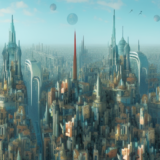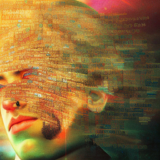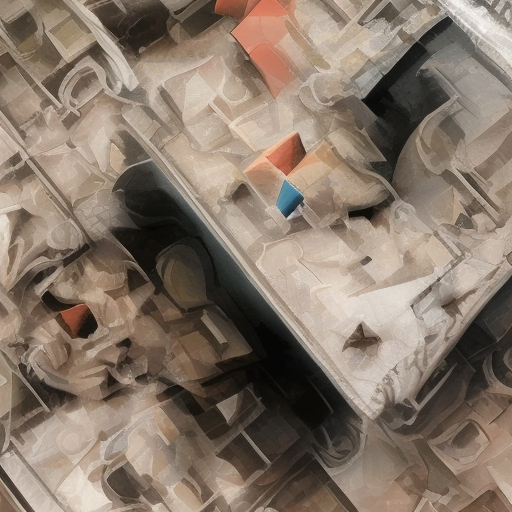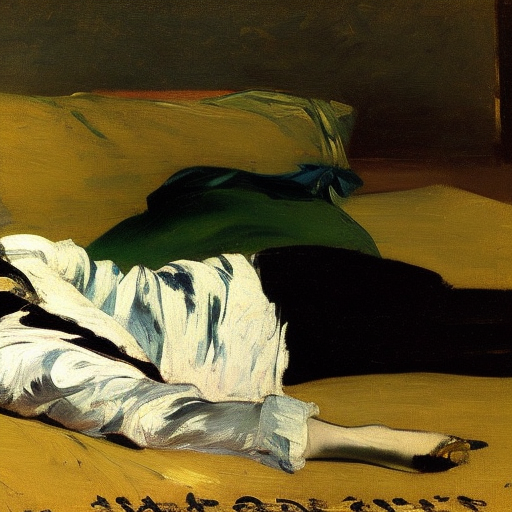
In the continuous quest to explore how artificial intelligence grasps and generates different artistic styles, we again turned to Stable Diffusion, leveraging the capabilities of DreamStudio. This time, however, our approach was twofold: a comparative analysis between Stable Diffusion 1.5 (SD 1.5) and Stable Diffusion 2.1 (SD 2.1). In both iterations, the same styles were tested, enabling us to discern how different versions of the AI model fared with the same prompts.
Estimated reading time: 2 minutes

AI’s prowess in generating poetry has been put to the test in our latest experiment – initiating poetic compositions through conversational prompts. Our guide through this exploration, ChatGPT, was tasked to respond to a variety of requests, all presented in a casual conversational manner, as if from a friend or a curious reader.
Estimated reading time: 12 minutes

At Neural Imaginarium, we’ve been fascinated with the “Prompt Strength” (or cfg_scale) setting in Stable Diffusion, and have been testing it out to see how it affects the final image produced by the AI. This setting essentially determines how closely the AI should adhere to the prompt given to it. The range is 1-30, with the default setting being 7, and 1 being furthest from the prompt and 30 being closest. At least, that’s what it’s supposed to be.
Estimated reading time: 3 minutes

When creating AI-generated art, the size and aspect ratio of the final image are as crucial as the subject matter itself. In our recent experiments with the Stable Diffusion model on DreamStudio, we’ve been exploring how varying aspect ratios affect the final artwork, especially when the subject matter is highly specific and recognizable. Our journey began with the realization that using the default 1:1 aspect ratio often resulted in unsatisfactory images, where important elements, like the subject’s head, were frequently cropped off.
Estimated reading time: 3 minutes



